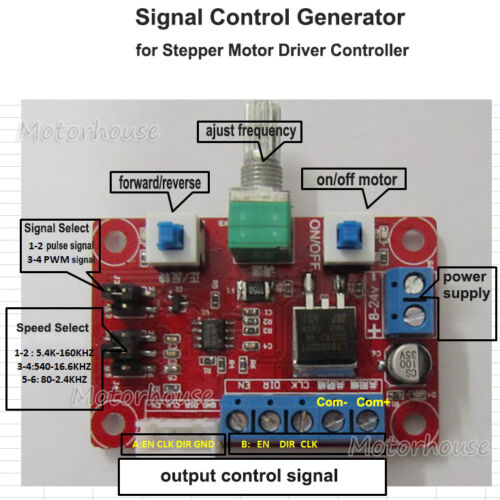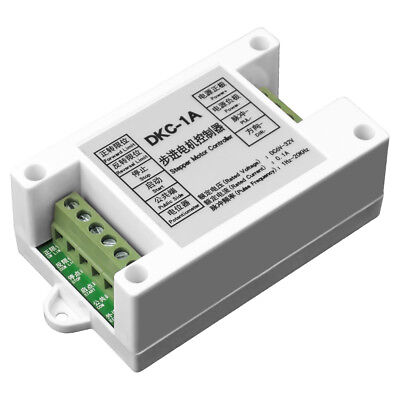- Joined
- Mar 25, 2013
- Messages
- 4,617
I just went and measured the actual torque required to raise the head of my mill. I used a 5" lever arm on the shaft and measured just under 5 lbs of force to lift it. So this equates to 25 in-lbs or about 400 oz-in torque. That would be the upper limit of most NEMA 24s but a powerful one might work.
Robert
Robert



